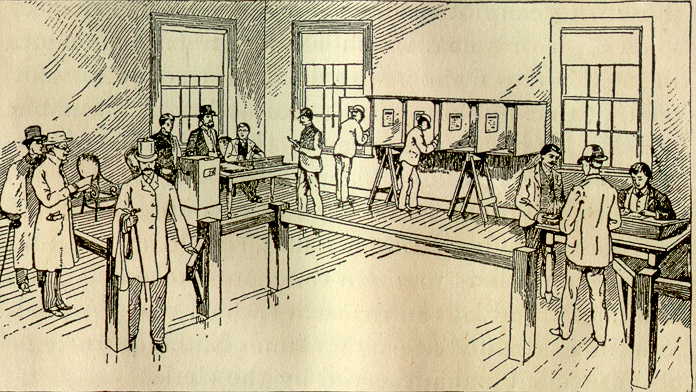Oak Ridge National Labs (one of the US national energy labs, along with Sandia, Livermore, Los Alamos, etc) had a bunch of people fall for a spear phishing attack (see articles in Computerworld and many other descriptions). For those not familiar with the term, spear phishing is sending targeted emails at specific recipients, designed to have them do an action (e.g., click on a link) that will install some form of software (e.g., to allow stealing information from their computers). This is distinct from spam, where the goal is primarily to get you to purchase pharmaceuticals, or maybe install software, but in any case is widespread and not targeted at particular victims. Spear phishing is the same technique used in the Google Aurora (and related) cases last year, the RSA case earlier this year, Epsilon a few weeks ago, and doubtless many others that we haven’t heard about. Targets of spear phishing might be particular people within an organization (e.g., executives, or people on a particular project).
In this posting, I’m going to connect this attack to Internet voting (i-voting), by which I mean casting a ballot from the comfort of your home using your personal computer (i.e., not a dedicated machine in a precinct or government office). My contention is that in addition to all the other risks of i-voting, one of the problems is that people will click links targeted at them by political parties, and will try to cast their vote on fake web sites. The scenario is that operatives of the Orange party send messages to voters who belong to the Purple party claiming to be from the Purple party’s candidate for president and giving a link to a look-alike web site for i-voting, encouraging voters to cast their votes early. The goal of the Orange party is to either prevent Purple voters from voting at all, or to convince them that their vote has been cast and then use their credentials (i.e., username and password) to have software cast their vote for Orange candidates, without the voter ever knowing.
The percentage of users who fall prey to targeted attacks has been a subject of some controversy. While the percentage of users who click on spam emails has fallen significantly over the years as more people are aware of them (and as spam filtering has improved and mail programs have improved to no longer fetch images by default), spear phishing attacks have been assumed to be more effective. The result from Oak Ridge is one of the most significant pieces of hard data in that regard.
According to an article in The Register, of the 530 Oak Ridge employees who received the spear phishing email, 57 fell for the attack by clicking on a link (which silently installed software in their computers using to a security vulnerability in Internet Explorer which was patched earlier this week – but presumably the patch wasn’t installed yet on their computers). Oak Ridge employees are likely to be well-educated scientists (but not necessarily computer scientists) – and hence not representative of the population as a whole. The fact that this was a spear phishing attack means that it was probably targeted at people with access to sensitive information, whether administrative staff, senior scientists, or executives (but probably not the person running the cafeteria, for example). Whether the level of education and access to sensitive information makes them more or less likely to click on links is something for social scientists to assess – I’m going to take it as a data point and assume a range of 5% to 20% of victims will click on a link in a spear phishing attack (i.e., that it’s not off by more than a factor of two).
So as a working hypothesis based on this actual result, I propose that a spear phishing attack designed to draw voters to a fake web site to cast their votes will succeed with 5-20% of the targeted voters. With UOCAVA (military and overseas voters) representing around 5% of the electorate, I propose that a target of impacting 0.25% to 1% of the votes is not an unreasonable assumption. Now if we presume that the race is close and half of them would have voted for the “preferred” candidate anyway, this allows a spear phishing attack to capture an additional 0.12% to 0.50% of the vote.
If i-voting were to become more widespread – for example, to be available to any absentee voter – then these numbers double, because absentee voters are typically 10% of all voters. If i-voting becomes available to all voters, then we can guess that 5% to 20% of ALL votes can be coerced this way. At that point, we might as well give up elections, and go to coin tossing.
Considering the vast sums spent on advertising to influence voters, even for the very limited UOCAVA population, spear phishing seems like a very worthwhile investment for a candidate in a close race.

